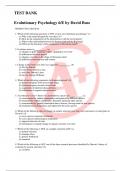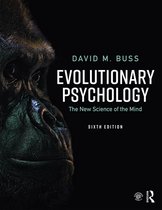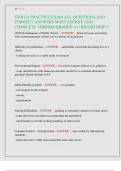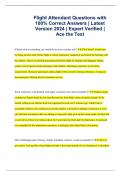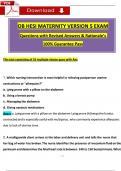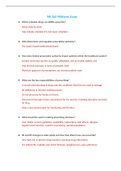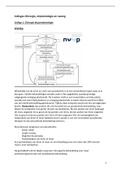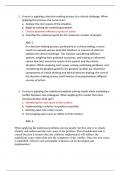Examen
TEST BANK For Evolutionary Psychology : The New Science of the Mind 6th Edition By David Buss All Chapters A+
- Cours
- Établissement
- Book
TEST BANK For Evolutionary Psychology : The New Science of the Mind 6th Edition By David Buss All Chapters A+
[Montrer plus]
